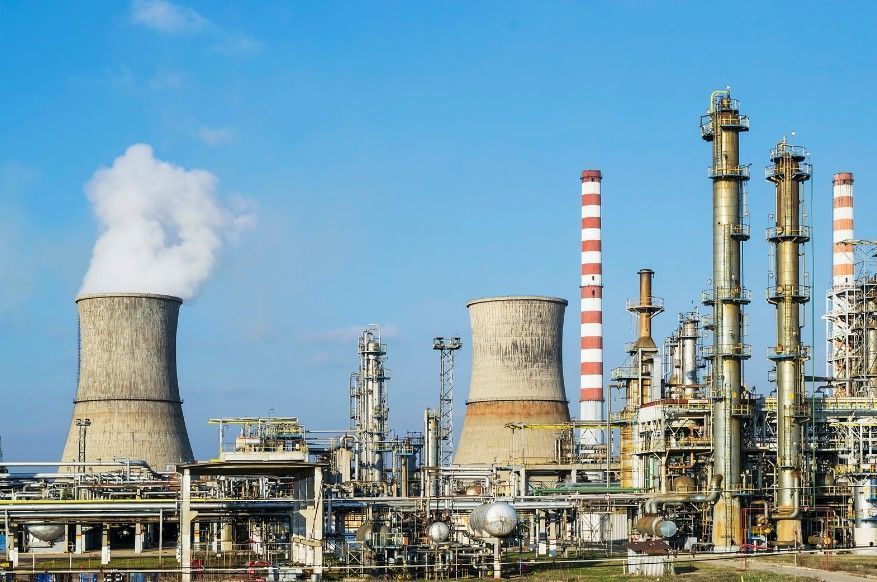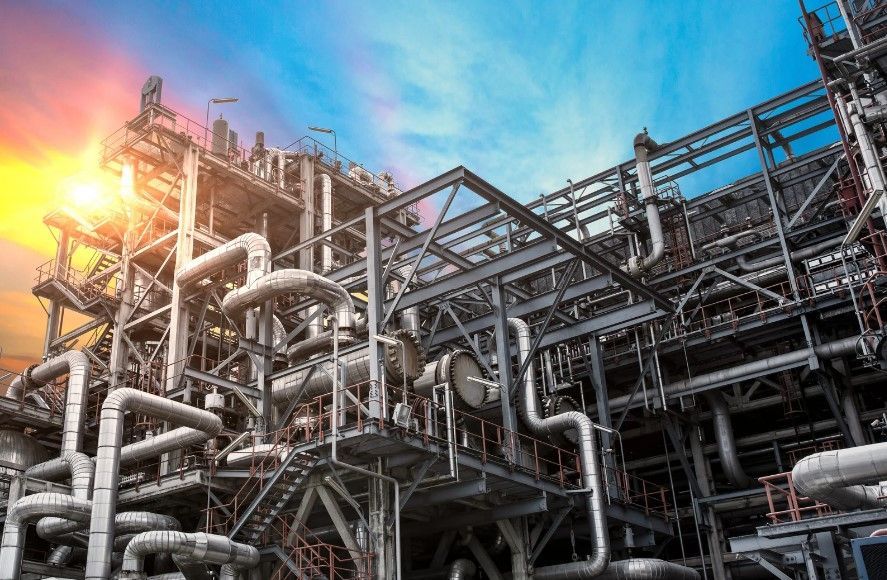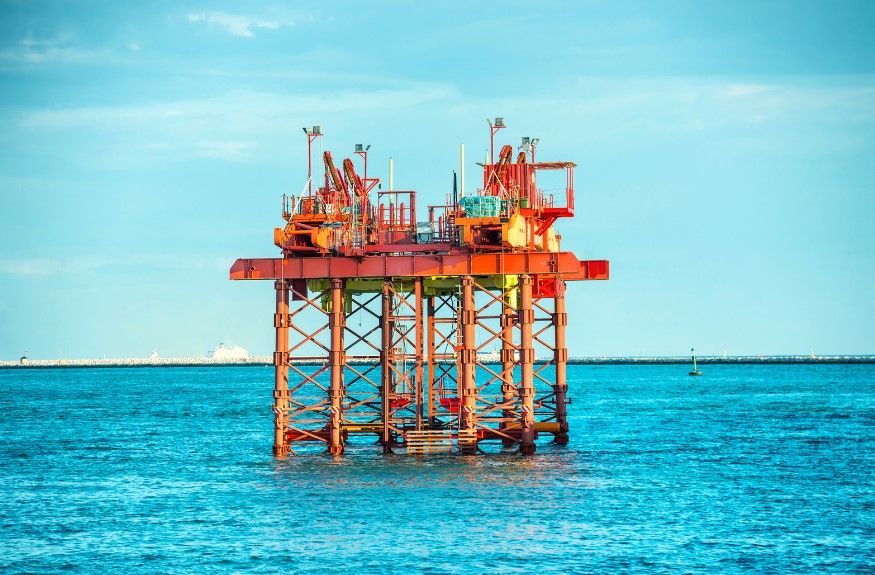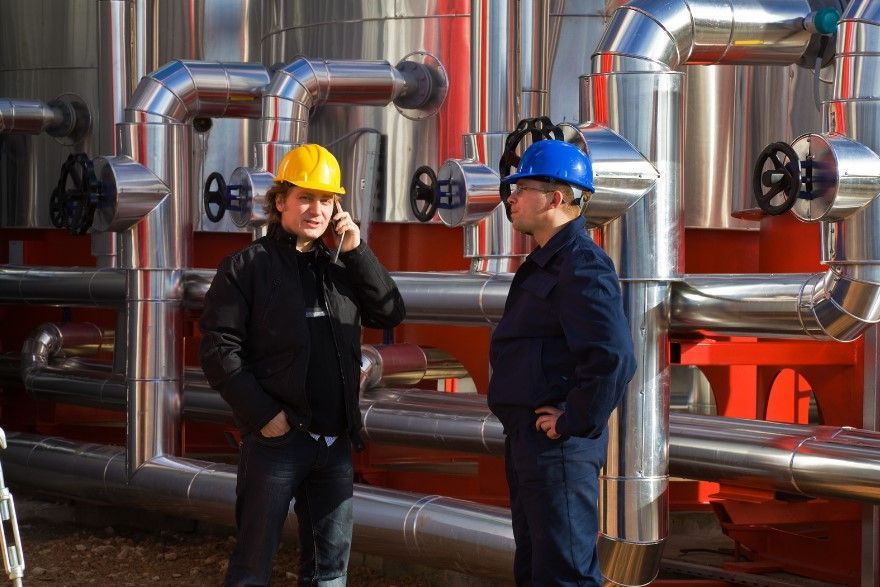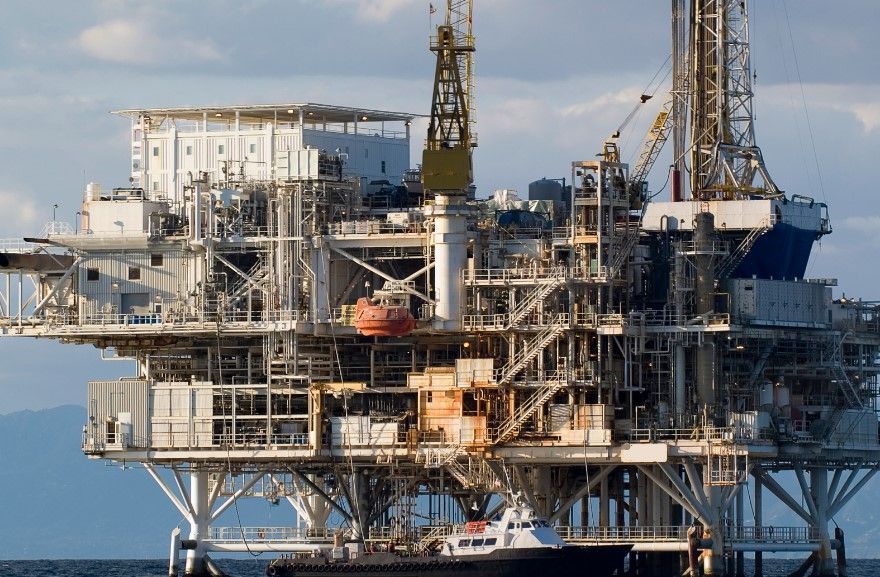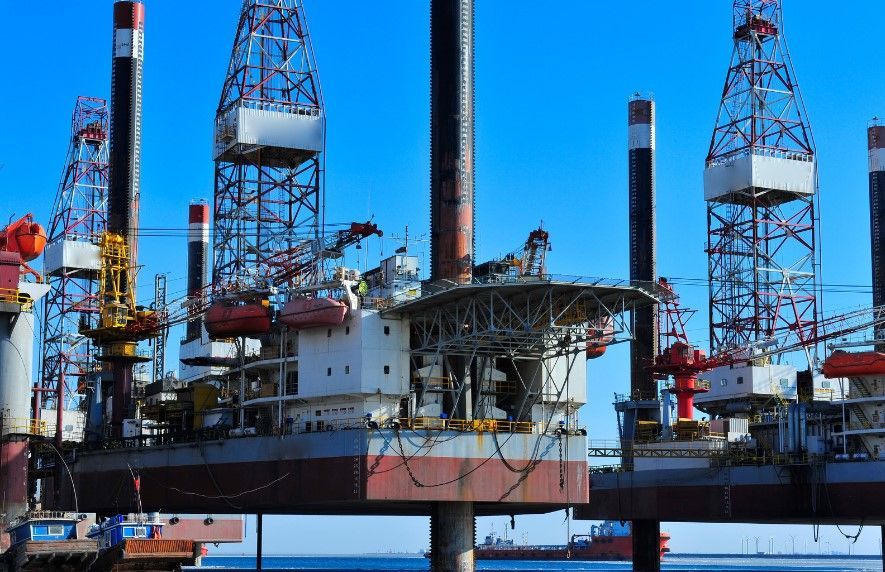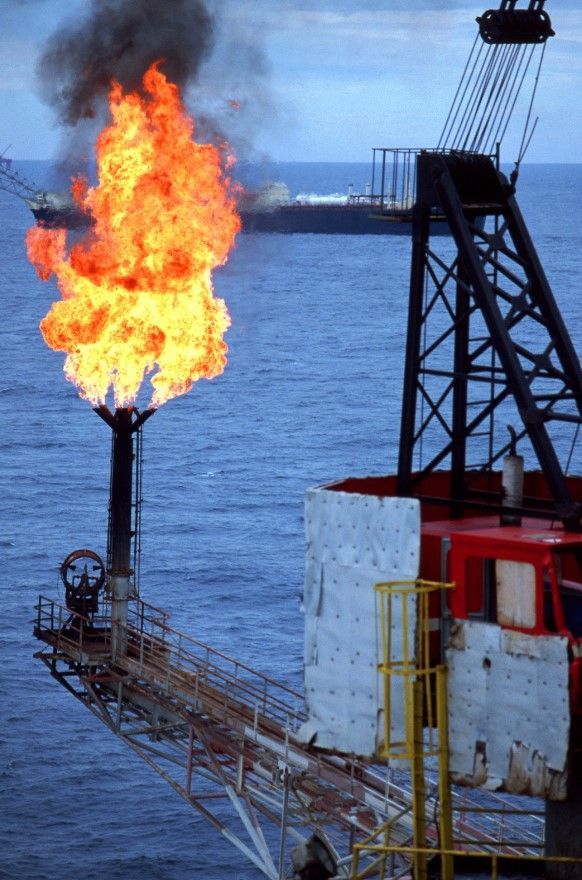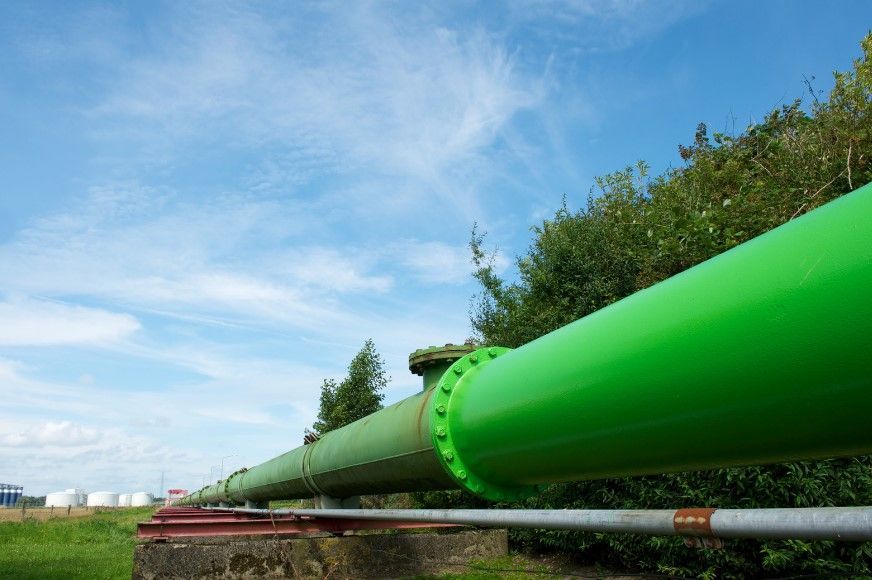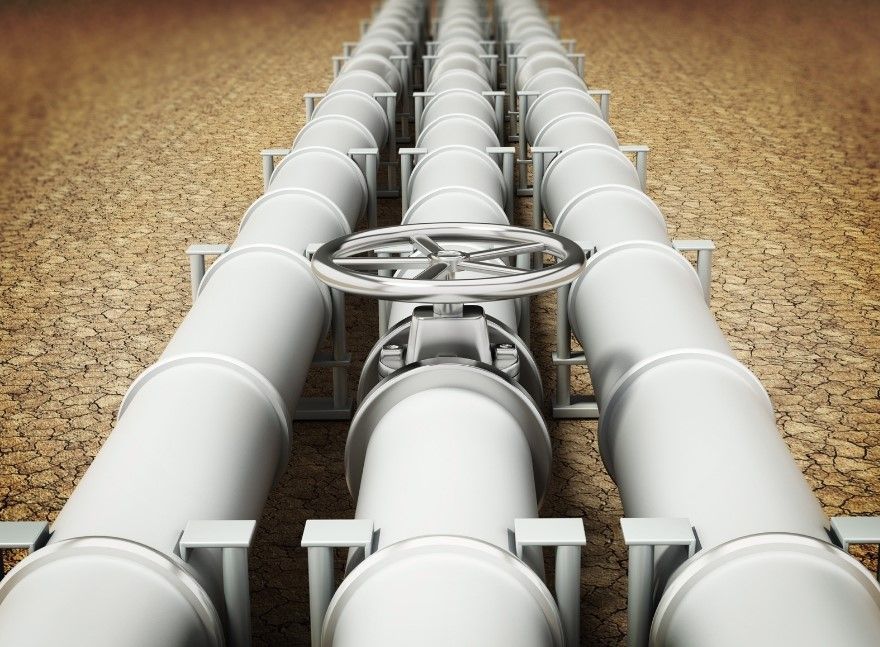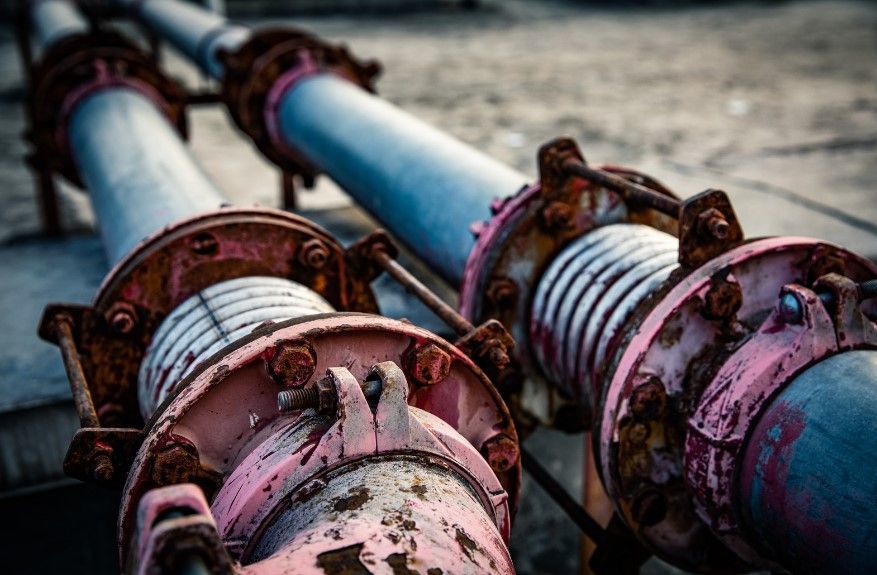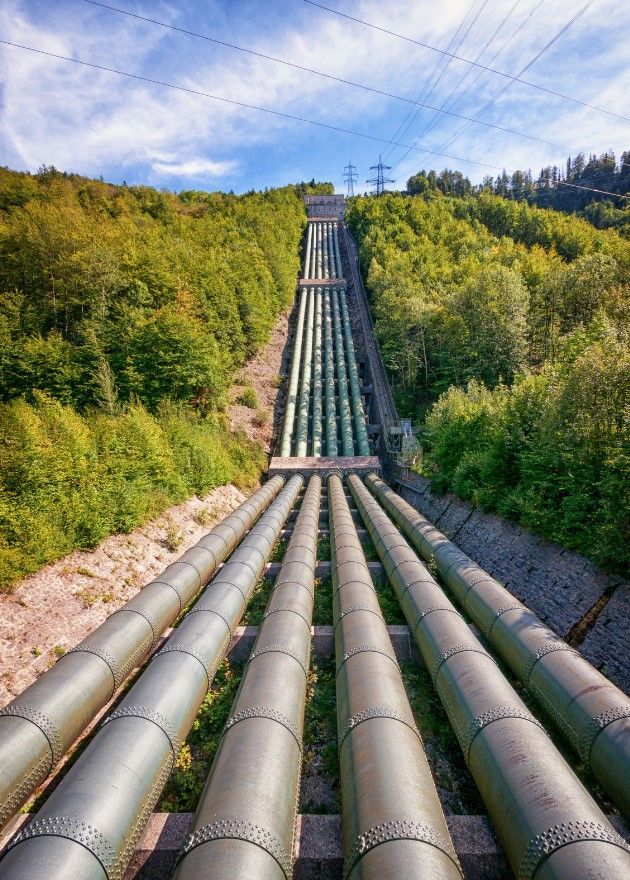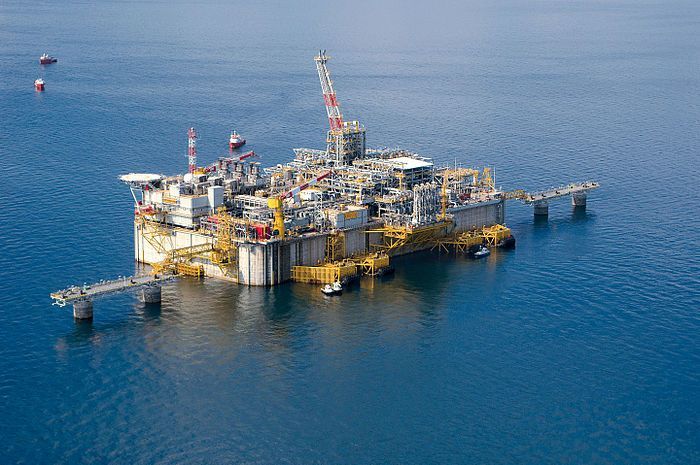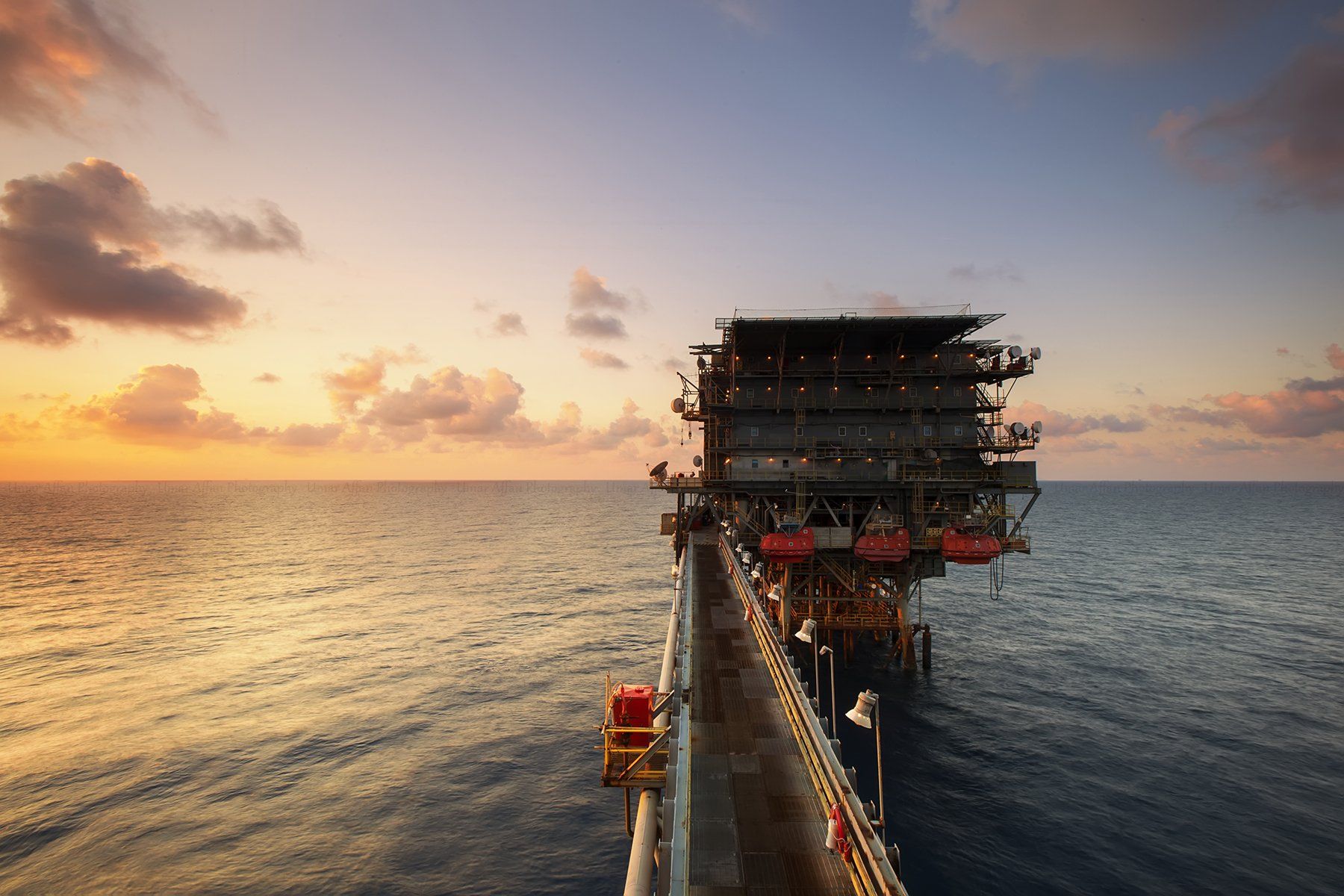Commissioning in the
Power & Energy Industry
We are your #1 Resources & Completion System in Power & Energy
Outsourcing project management and leveraging the expertise of experienced technicians is critical for success in the power and energy industry. As the industry evolves and faces new challenges, companies are seeking to optimize their operations and reduce costs. Outsourcing project management to a specialized provider with deep industry expertise can help companies to focus on their core competencies while experts handle the project management process.
Furthermore, the use of a commissioning and completions system can increase the efficiency and success of projects in the power and energy industry. At Complan, we understand the importance of reliable and efficient commissioning and completions in the power and energy industries. That's why we've developed a powerful software tool that's specifically designed to streamline the process, and we've backed it up with a team of experienced resources who have a deep understanding of the industry and its unique challenges.
Our system,
WinPCS, can help to ensure that projects are completed on time, on budget, and to the desired quality level. By leveraging this system, project managers can track progress, identify potential issues, and ensure that all tasks are completed efficiently and effectively.
Commissioning and completions systems are especially beneficial for large-scale projects in the power and energy industry, such as power plants, renewable energy installations, and transmission and distribution infrastructure. These projects require a high level of precision and attention to detail, and the use of a commissioning and completions system can help to minimize errors and delays.
By outsourcing project management and utilizing a commissioning and completions system, companies in the power and energy industry can improve project outcomes, reduce costs, and increase their competitiveness in the market. With the ongoing changes and growth in the industry, outsourcing and leveraging technology solutions can help companies stay ahead of the curve and succeed in a rapidly evolving landscape.
# 1 in Renewable Energy Delivery
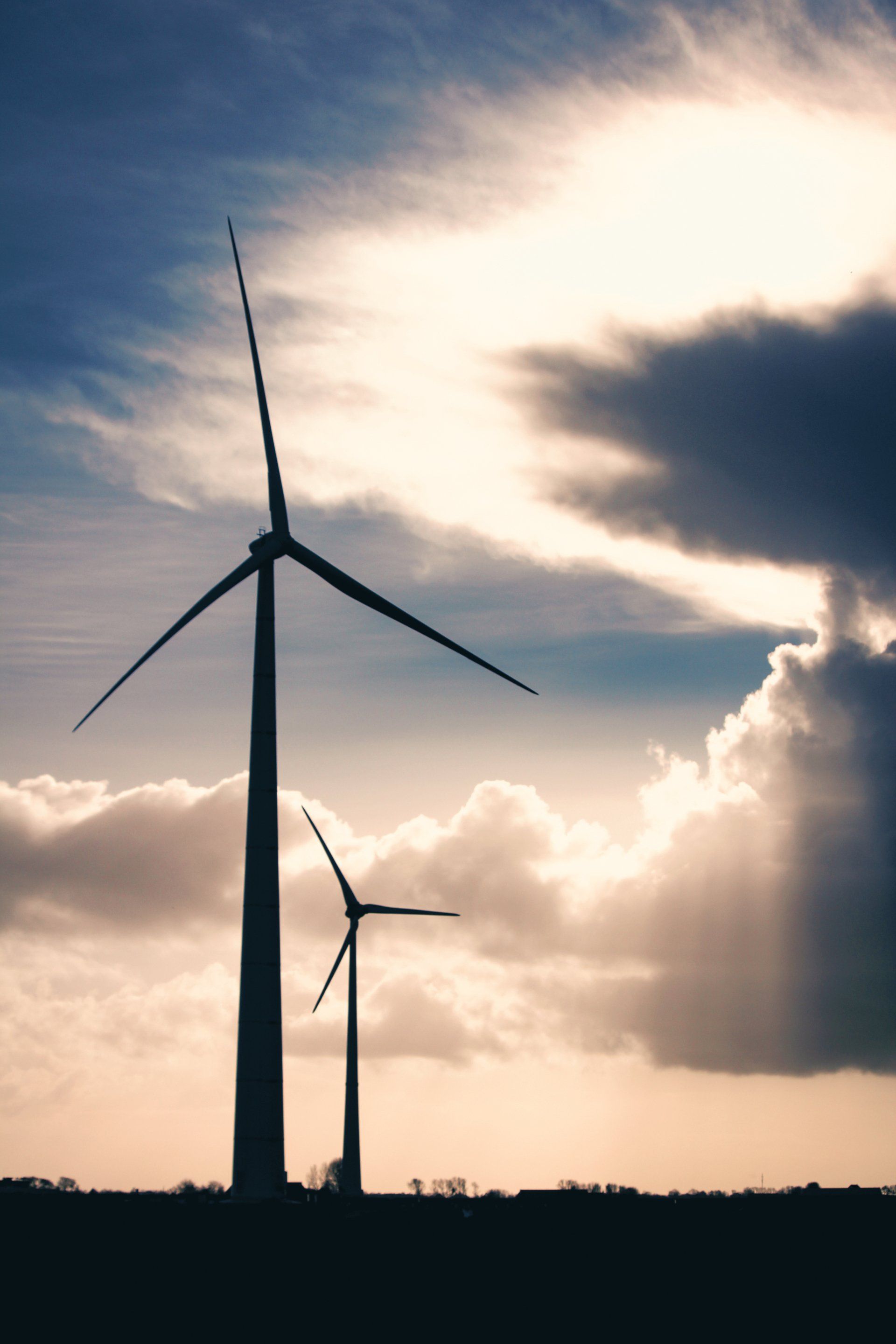
Our commissioning and completions team, in combination with our cutting-edge software, offers the most efficient and reliable solution for power plant projects, ensuring seamless integration and successful operation.
We provide the ideal solution for renewable energy projects, offering comprehensive and effective support for the integration and optimization of sustainable energy systems.
Our experienced resources have the technical knowledge and skills necessary to manage the commissioning and completions process for transmission and distribution infrastructure projects.
Power Plants
Whether Brown Field or Green Field, we specialize in both
Constructing, commissioning, and turning over a refinery project is a complex and multifaceted process that involves several key parts. Our strategy can be implemented at any or all stages involved in a refinery project such as:
- Planning and Design: This stage involves defining the scope of the project, selecting the best site, and developing a detailed design for the refinery. It includes a feasibility study, the engineering design of the project, and the procurement of materials and equipment.
- Construction: This stage involves building the physical infrastructure of the refinery, which includes earthwork, foundation work, installation of equipment, and piping.
- Pre-Commissioning: This stage is critical in ensuring that all systems are ready for commissioning. This includes testing and inspecting individual components of the system to ensure that they are functioning correctly.
- Commissioning: This stage involves testing and verifying the functionality of all systems and equipment, and ensuring that they are working together as intended. The commissioning process may include functional testing, performance testing, and safety testing.
- Start-Up: This stage involves the initial operation of the refinery, with the goal of achieving normal operating conditions. During this stage, the production of hydrocarbons is started, and the refinery is brought up to full production capacity.
- Turnover: This is the final stage of the project, where the responsibility for the refinery is handed over to the owner/operator. This stage involves ensuring that all documentation, including operating manuals and records, are complete and accurate. The handover also includes training the operating staff, so they are familiar with the refinery’s equipment and systems.
Overall, the construction, commissioning, and turnover of a refinery project requires extensive planning, collaboration, and attention to detail to ensure a successful project outcome.
Renewable Energy Installations
The construction and commissioning of drilling platforms, which can vary depending on the type and location of the platform, requires significant expertise and resources. Complan's Project Management and Commissioning and Completions Strategy can help with the following stages:
- Site survey: The first step in the construction of a drilling platform is to survey the proposed location to assess the seabed conditions and identify any potential obstacles or hazards. This typically involves using survey vessels and remotely operated vehicles (ROVs) to map the seafloor.
- Design and engineering: Once the site survey is complete, the platform design and engineering process begins. This involves developing detailed plans for the platform's structure, including its size, weight, and capacity. The design must also take into account environmental factors such as wind, waves, and currents, as well as safety considerations such as fire protection and emergency response.
- Fabrication and construction: After the design is finalized, the platform is built in a shipyard using large steel sections and other materials. The individual sections are welded together to create the platform's structure, and equipment such as cranes and drilling rigs are installed. Once the platform is complete, it is transported to the offshore location and positioned using a fleet of tugboats and specialized vessels.
- Installation and commissioning: Once the platform is in position, the process of installing it on the seabed begins. This typically involves a complex series of steps, including lowering the platform onto the seabed using hydraulic jacks and securing it with piles or anchors. Once the platform is installed, the various systems and equipment are tested and commissioned to ensure they are functioning correctly.
- Operations: After the platform is commissioned and operational, it is used to drill for oil or gas in the surrounding seabed. The platform may also serve as a base for other activities such as production, processing, and transportation.
Overall, the construction and commissioning of a drilling platform is a complex and highly specialized process that requires significant expertise and resources. It typically takes several years to complete a platform, from initial site survey to full-scale operations.
Transmission and Distribution Infrastructure
The construction of a pipeline involves several stages, each of which is critical to the successful completion of the project. Here are some of the main stages involved where utilizing our resources play a major part in successful pipeline construction:
- Planning and Design: This stage involves defining the scope of the project, selecting the best route, and developing a detailed design for the pipeline. It includes a feasibility study, environmental and regulatory assessments, engineering design, and material selection.
- Right-of-Way Preparation: This stage involves acquiring the necessary permits and easements, as well as clearing the right-of-way for the pipeline. This can involve land surveying, vegetation removal, and erosion control measures.
- Stringing: This stage involves laying out and aligning the pipeline sections along the right-of-way in preparation for welding. This can involve the use of special equipment, such as sidebooms, cranes, and pipe bending machines.
- Welding and Coating: This stage involves joining the pipeline sections together using specialized welding techniques and applying protective coatings to the pipeline to prevent corrosion.
- Lowering-In: This stage involves lowering the pipeline into the trench and backfilling it with soil to provide support and protection.
- Testing: This stage involves testing the pipeline to ensure that it can safely and efficiently transport hydrocarbons. This can include hydrostatic testing, mechanical testing, and leak detection.
- Restoration: This stage involves restoring the right-of-way to its original condition, including re-vegetation, erosion control measures, and restoration of any disturbed features.
Overall, pipeline construction requires extensive planning, collaboration, and attention to detail to ensure a safe and successful project outcome. It also involves the use of specialized equipment, technologies, and techniques to ensure that the pipeline is constructed to the required specifications and standards.
Let’s talk about your project
If you are looking for a project management solution that can help you manage your industrial construction project more efficiently, we are here to help.
Contact us today to learn more about our project management solutions, including our flexible team approach and project consultancy services, and how we can provide you with the expertise and resources to achieve project success.
Fill in the form or call to set up a meeting at
(281) 957-5777.
